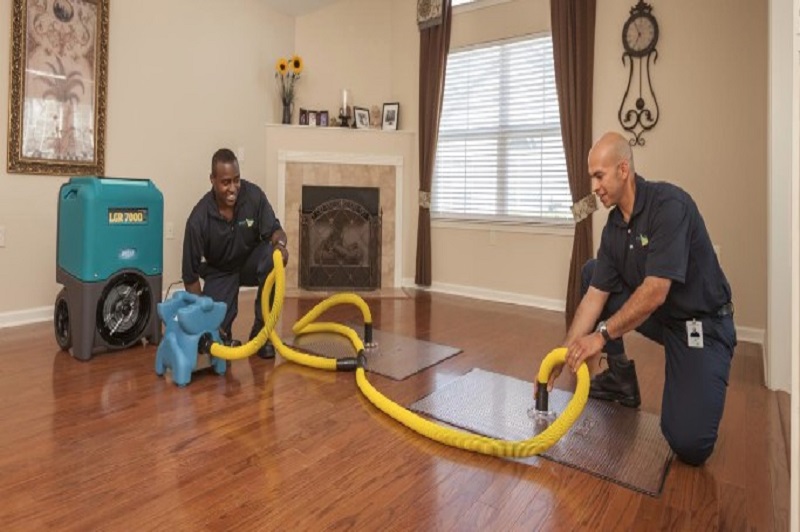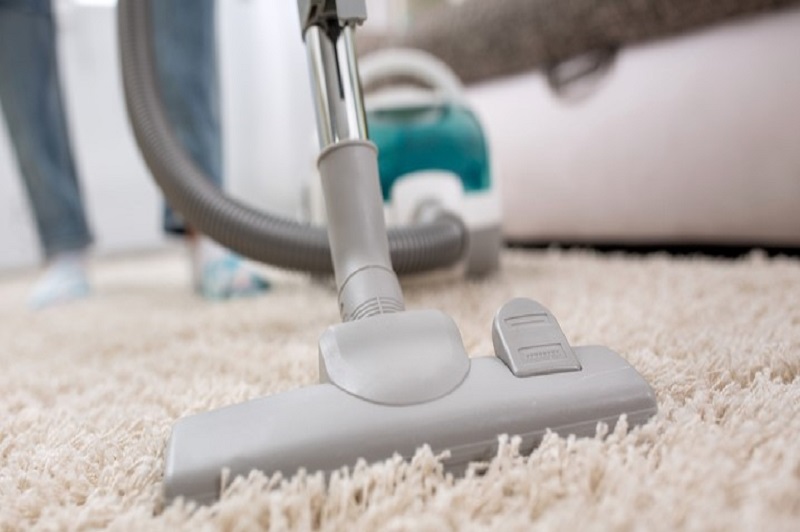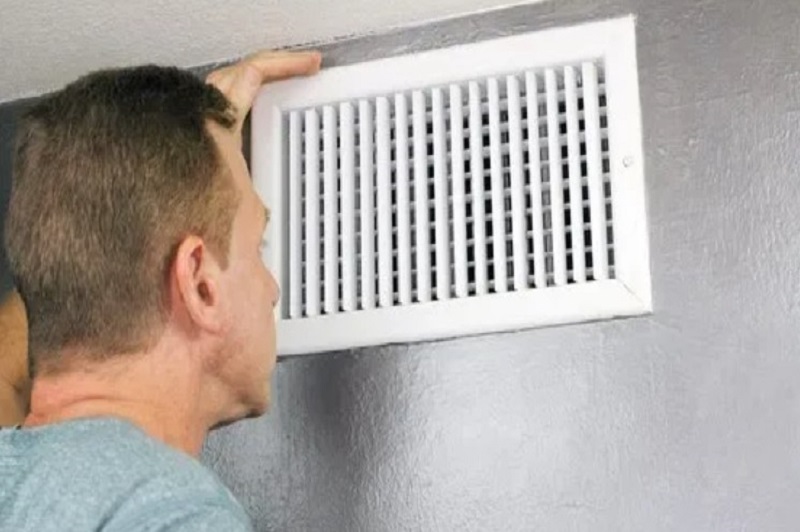There has been a debate about the health concerns of mold for many years.
Certain studies have shown that certain kinds of mold worsen medical conditions like skin infections and asthma. Other significant diseases often related to mold growth are not yet proved.
Despite all the ongoing debate, mold is unpleasant. Homeowners facing water damages are seriously concerned about the possibility of mold growth.
Homebuyers and rentals immediately refuse a house with clear signs of fungal growth around the exteriors or interiors.
Homebuyers and rentals immediately refuse a house with clear signs of fungal growth around the exteriors or interiors.
Natural disasters like flooding or rain can often lead to excess moisture inside homes and encourage fungus growth. If you see or smell some signs of mold around your property, hire professionals for mold inspection in Pompano Beach.
It is possible to fix a lot of home issues with DIY methods but mold abatement is not one of them. Mold can be hidden in the conspicuous places and mishandling often causes more harm than good.
Following is a brief account of 10 steps used by the professional for mold inspection and abatement.
1. Mold Assessment
The first step is to assess the underlying reasons and extent of mold. It is much more than just looking at the visible signs of growth. Mold grows in unexpected places, growing behind and beneath what you see first. It demands inquisitive thinking.
Mold restorations companies visit the affected premises with proper personal protective equipment for mold detection. At times invasive techniques such as paint peeling and carpet removal are necessary to understand the extent of growth.
2. Mold Sampling
There are proper test methods available for qualitative and quantitative analysis of mold. When the residents of an affected building report worsening of medical conditions or development of mold sickness symptoms, mold sampling is essential.
There are some black mold species, for instance, Stachybotrys chartarum is also known to produce mycotoxins. The high concentration of these poisons can even cause poisoning in healthy individuals.
These kinds of samples contained carefully and sent back to laboratories for professional mold testing. Professionals inspect the area for moisture and humidity.
3. Water Damage Mitigation
Mold spores when coming in contact with moisture and suitable temperatures, they start growing within 24 hours. Once the inspectors are sure about the water damages and the sources, water damage mitigation is initiated.
 |
| Water Damage Mitigation |
Hidden leaks and water seepages are identified. Infrared scanners are used to probe the sources. Plumbers seal off the leaks and mold mitigation professionals ensure that no water entry point is left unattended.
4. Containment
After the home mold inspection, the next step is containment of mold. The primary goal is to isolate all the contaminated areas and items.
Windows and doors are closed to prevent airflow between affected and clean areas. Polyethylene sheets can be used to cover the openings or doorways. The sheets should be properly sealed to prevent further ingression of mold.
5. Disposal Of Damaged Materials
The affected materials such as carpets, furniture, fabrics or any other porous materials should be discarded. Environmental Protection Agency (EPA) has provided clear guidelines about the items considered unsafe to keep after mold growth.
The moldy materials must be contained within tightly sealed plastic bags. The outsides of bags must be cleaned with damp cloth and detergent solution before leaving the affected area.
The bags should be trashed immediately. It is better to use a window to throw it out of the house instead of taking it through the home.
6. HEPA Vacuuming
After the disposal, the walls, floors, and other surfaces are wiped with damp cloth and soap solutions. A wire brush is often used to rub off the mold effectively.
 |
| HEPA Vacuuming |
You should preferably use a HEPA vacuum to clean the affected surfaces. After a thorough vacuuming, the surfaces are wiped with detergent solution. All the wipes must be discarded after proper containment.
7. Dehumidification And Drying
A competent house mold inspector will ensure proper drying and dehumidification after cleaning procedures. No moisture should be left over the surfaces.
Humidity levels of the indoor air must not exceed the recommended levels. The cleaned areas should then be properly ventilated.
8. Thorough HVAC Cleaning
When a house has mold growth, spores can easily get inside HVAC pipes. The spores can be unintentionally circulated in the indoor air. Mold specialists will address the issue with the thorough cleaning of HVAC pipes.
 |
| Thorough HVAC Cleaning |
9. The Judgment Call After Finishing
Once the mold remediation is done, there is a round of house mold testing. The professionals check that whether the implemented abatement procedure was successful or not. Additional testing is conducted by an environmental testing company.
10. Debriefing To Prevent Recurrence
The last step of mold remediation services is to debrief the residents about the mold recurrence. Some general tips include insulation, dehumidification, and proper ventilation.
Once the mold is completely you can return back to your normal life.





I really appreciate your work which you have shared here about the Vacuum Cleaner. The article you have shared here is very informative and the points you have mentioned are very helpful. Thank you so much. domestic Window Cleaning Cambridge
ReplyDelete